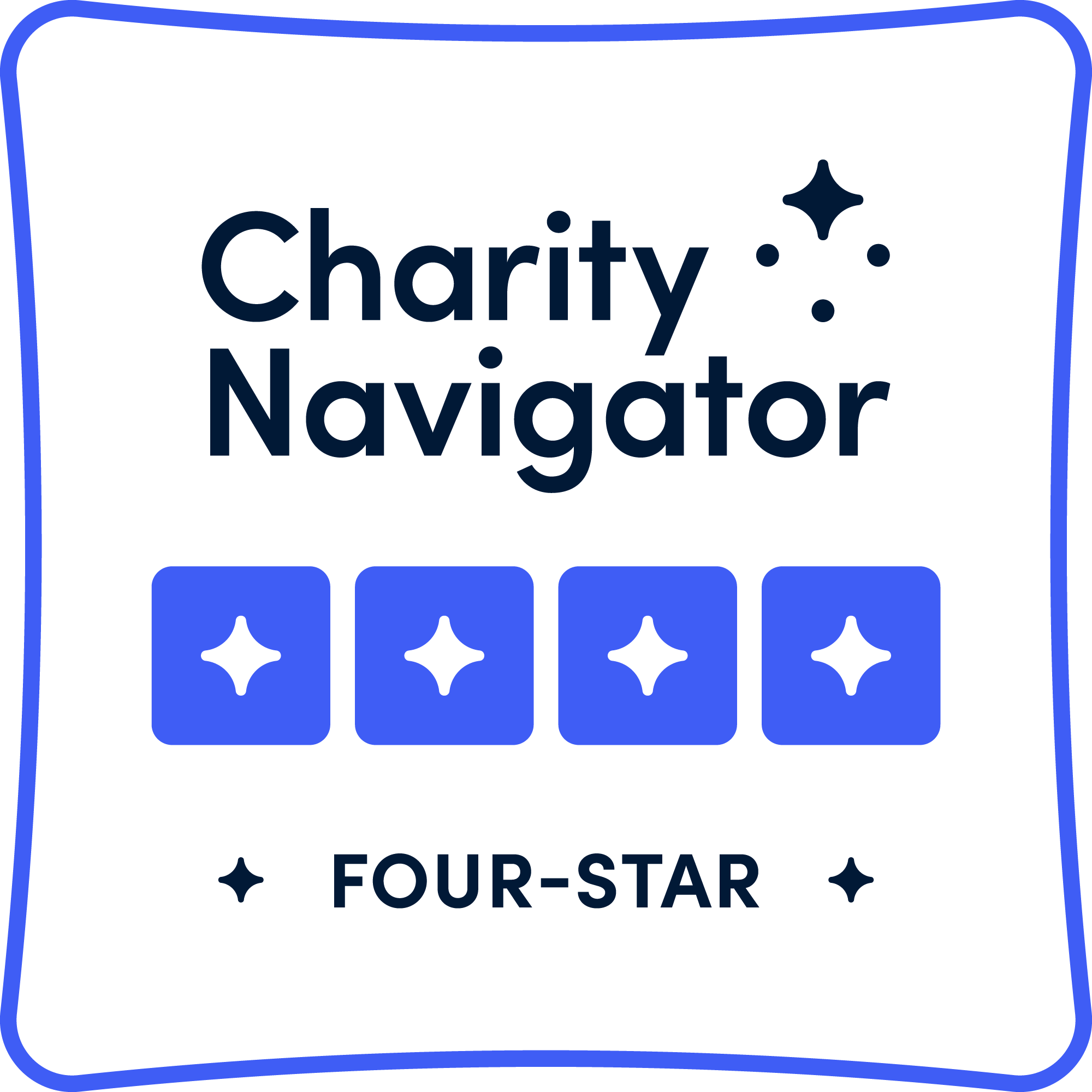Medical Equipment Headed to Bhutan
A small, hand-held diagnostic tool will allow patients in rural Bhutan to receive early diagnosis to prevent blindness.
For rural health workers in Bhutan, the delivery of 1000 Arclights is a game changer.
This is how it works. A trained rural health care worker holds the hand-held device close to his or her eye and looks through the sight hole. By holding the device at arm's length, the fundal reflex ('red reflex') can be seen. To examine the back of the eye, the health care worker moves the device closer to the patient’s eye.

This simple exam allows for the diagnosis of preventable diseases that when left untreated can leave a person partially or completely blind. The size and ease of use of the Arclight allows health care workers to perform previously unperformed tests. It also gives patients in remote areas access to medical care that previously was limited or non-existent.
The all-in-one ophthalmoscope-loupe-otoscope is solar-powered and needs no batteries to operate. Each Arclight costs approximately $20, making it a low-cost solution for rural care. The device is about the size of a marker and weighs only 18g (less than one ounce). It can also be used to check a patient’s ears.
A recent study from Tanzania showed that the Arclight worked just as well (and possibly even better) than a conventional and more expensive device. The Arclight has proven to be such a reliable and practical screening tool in the field that the International Agency for Prevention of Blindness (IAPB) added it to their Standard List of recommended devices for use in emerging markets.
“The Arclight and their delivery align with HCP’s mission of enabling countries to cure blindness by developing high-quality, cost-effective eye care solutions,” says Punam Bhandari, HCP’s Country Director for Nepal and Bhutan. “I’m excited that they’ll expand prevention efforts by HCP into Bhutan’s more rural and remote communities.”
*Photo courtesy of IAPB



